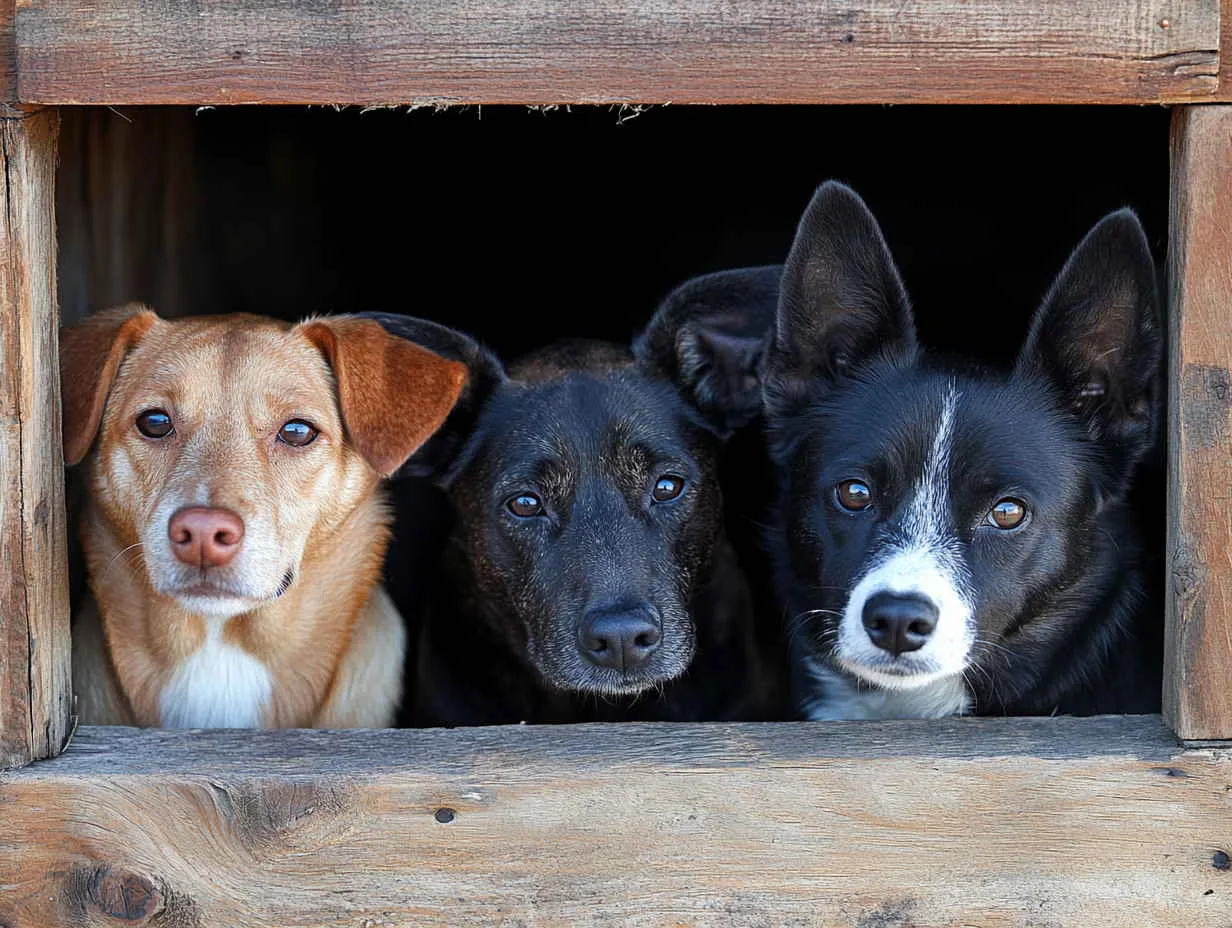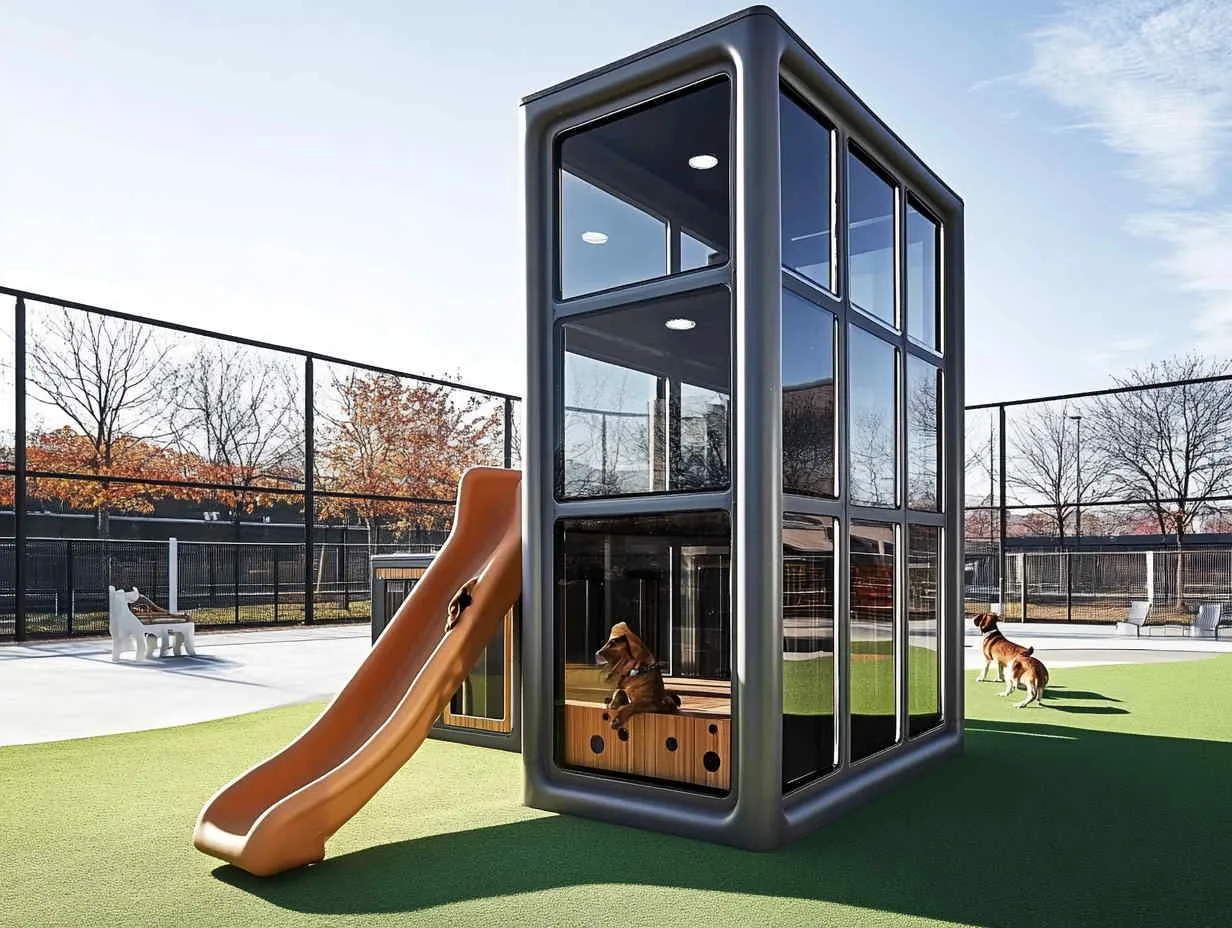SPH
2024.11.12
325
Since the pandemic, there has been an unprecedented surge in pet adoption across the United States. However, the enthusiasm for adopting pets has recently slowed down, returning to pre-pandemic levels. According to Shelter Animals Count, the number of animals entering U.S. shelters and rescue organizations has remained high for several years. Despite this, the adoption process continues to face significant challenges due to various economic and social pressures.
In 2023 alone, 6.5 million cats and dogs entered shelters and rescue organizations, marking an increase of 900,000 compared to 2021. The average time these animals spend in shelters has also been rising. While the overall trend of animal adoptions is slowing, the number of cats adopted in 2023 rose significantly, while dog adoptions decreased.
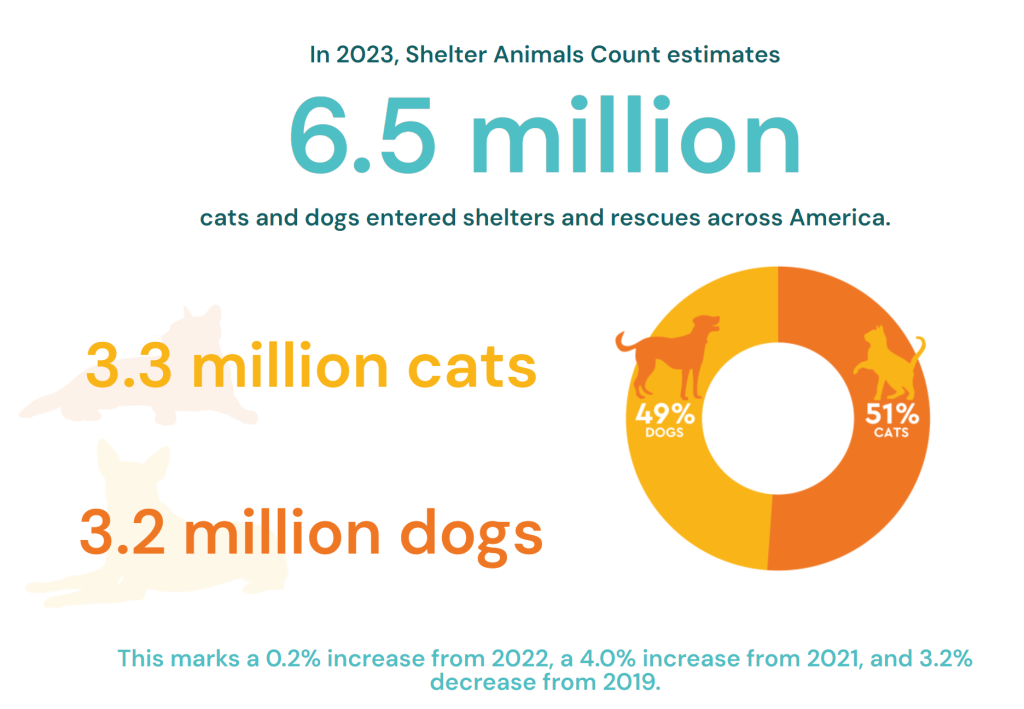
Figure source: Shelter Animals Count,
https://www.shelteranimalscount.org/stats (accessed November 12, 2024).
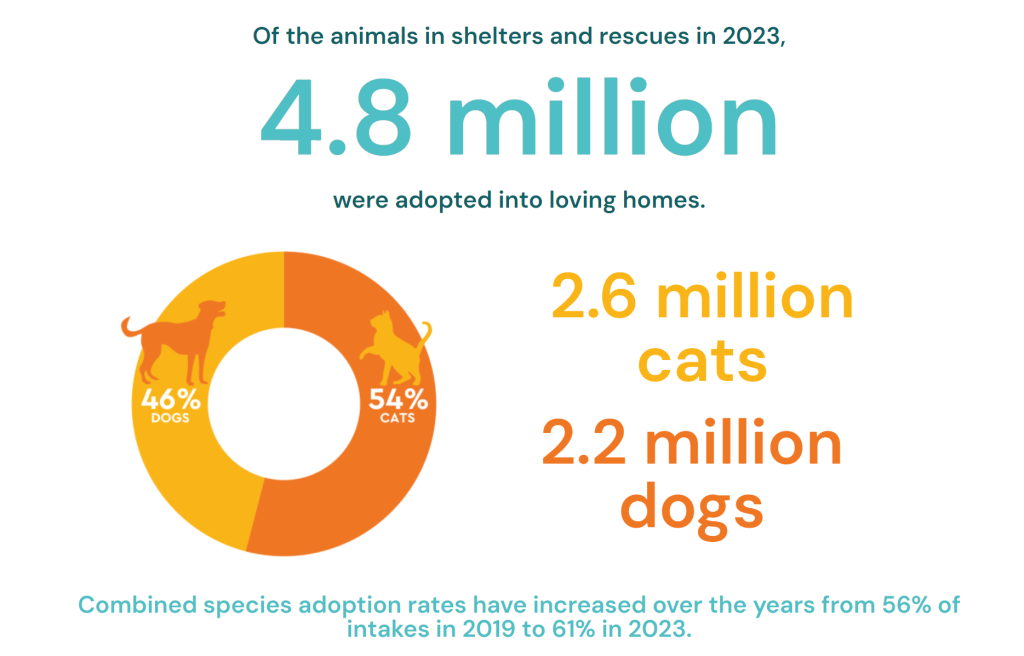
Source: Shelter Animals Count.
In total, U.S. shelters and rescue organizations reached a record 14,429 in 2023, including 9,514 rescue organizations and 4,915 shelters, most of which are dealing with an overload of animals and resources.
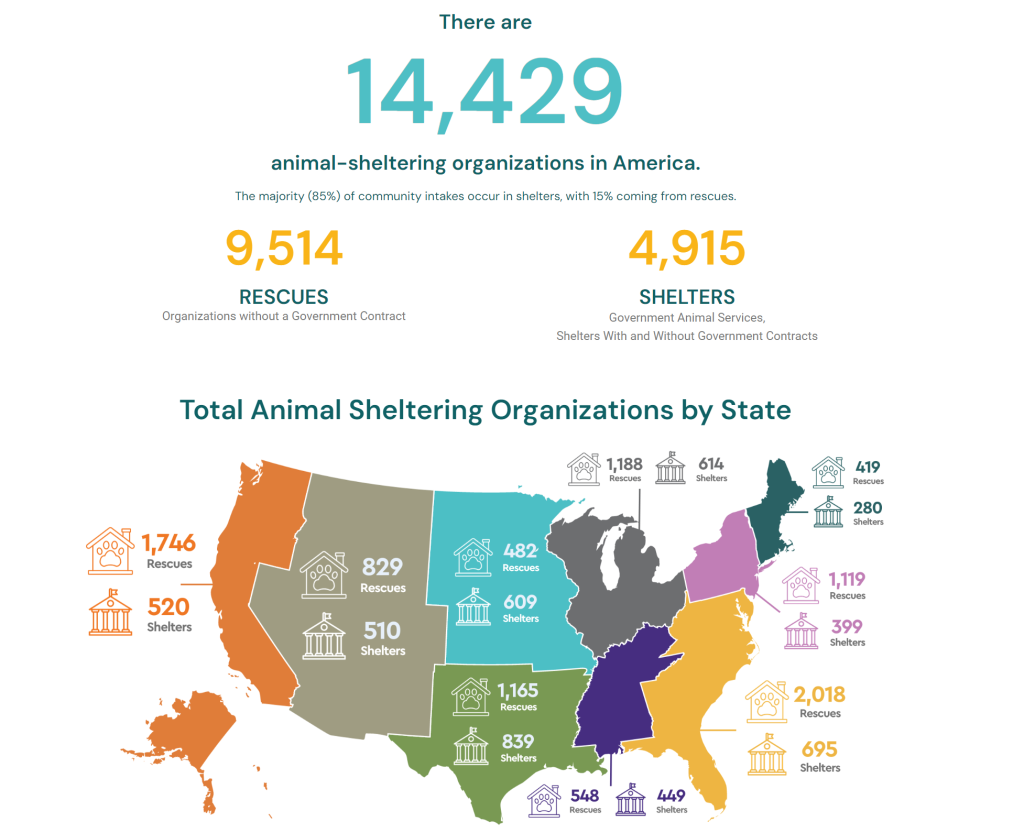
Source: Shelter Animals Count.
The trend of adopting pets from shelters is gaining traction in the United States, particularly among younger generations. Recent data highlights several key insights into Americans’ attitudes and trends surrounding shelter pet adoption:
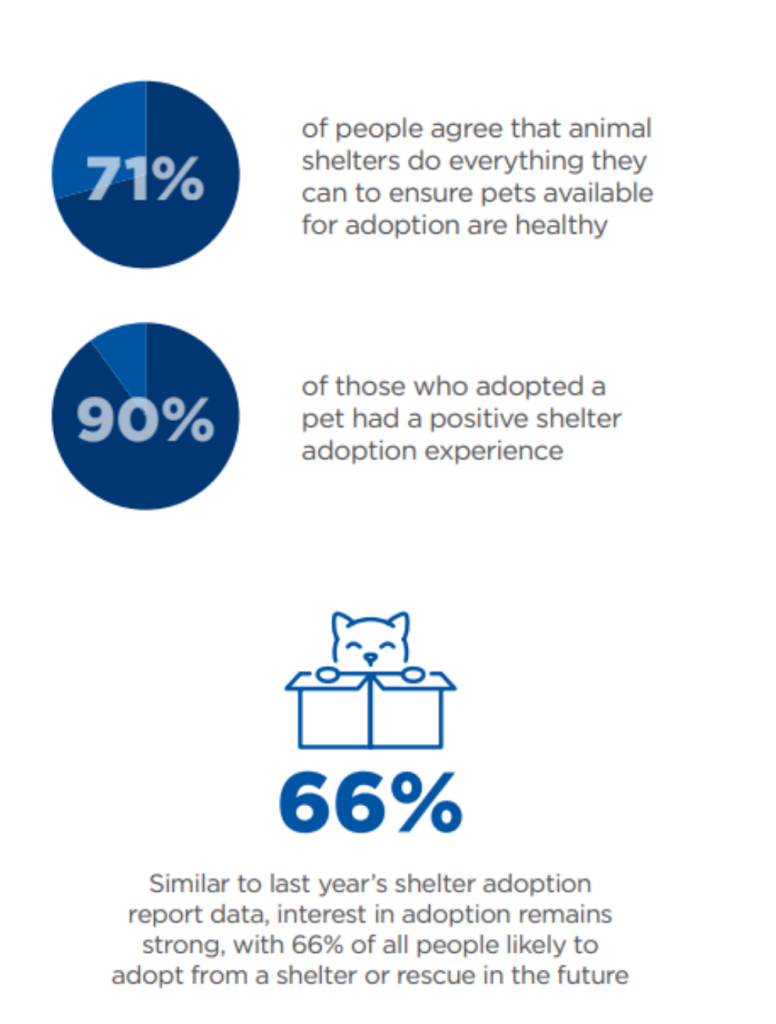
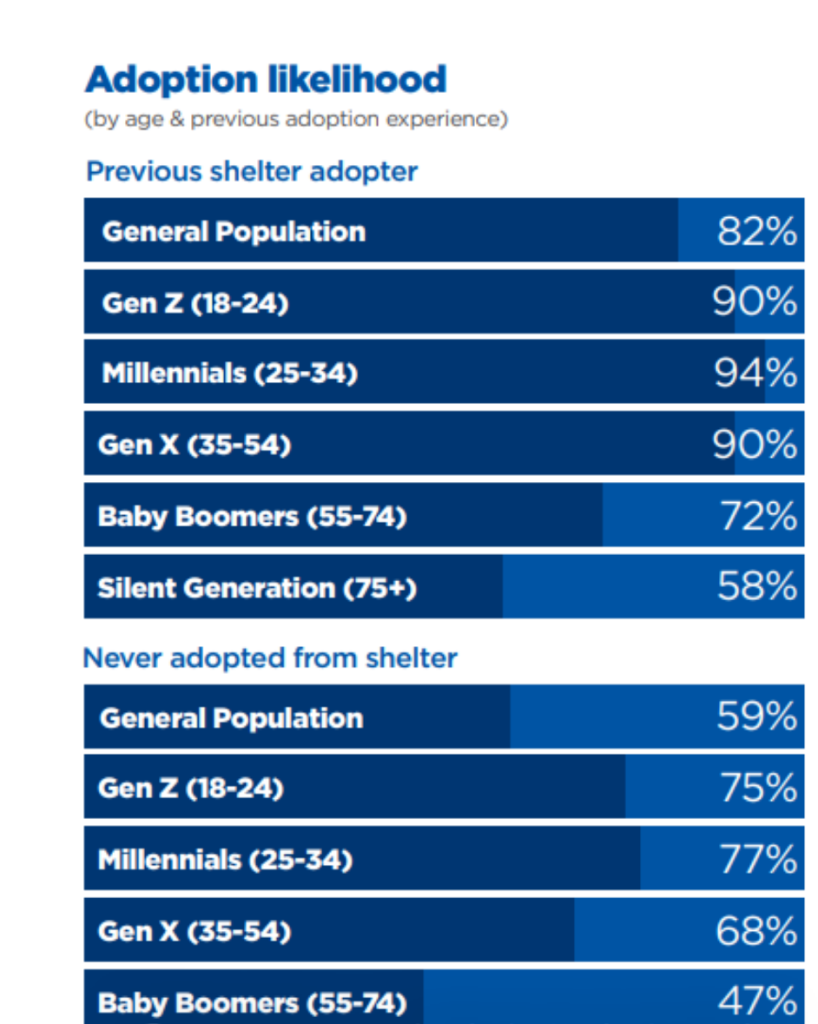
Source:Hill’s Pet Nutrition report
This growing interest in shelter adoption, particularly among younger generations, reflects a positive shift in public attitudes, driven by successful adoption campaigns. However, it also highlights ongoing challenges and opportunities for further improvement in the adoption process.
Recent trends show a rise in the adoption of cats, with a 14% increase in 2023 compared to 2019, amounting to 319,000 more cats adopted. On the other hand, dog adoptions have decreased by 5%, with 108,000 fewer dogs adopted. Roughly 40% of respondents are likely to adopt a cat, with reasons such as:
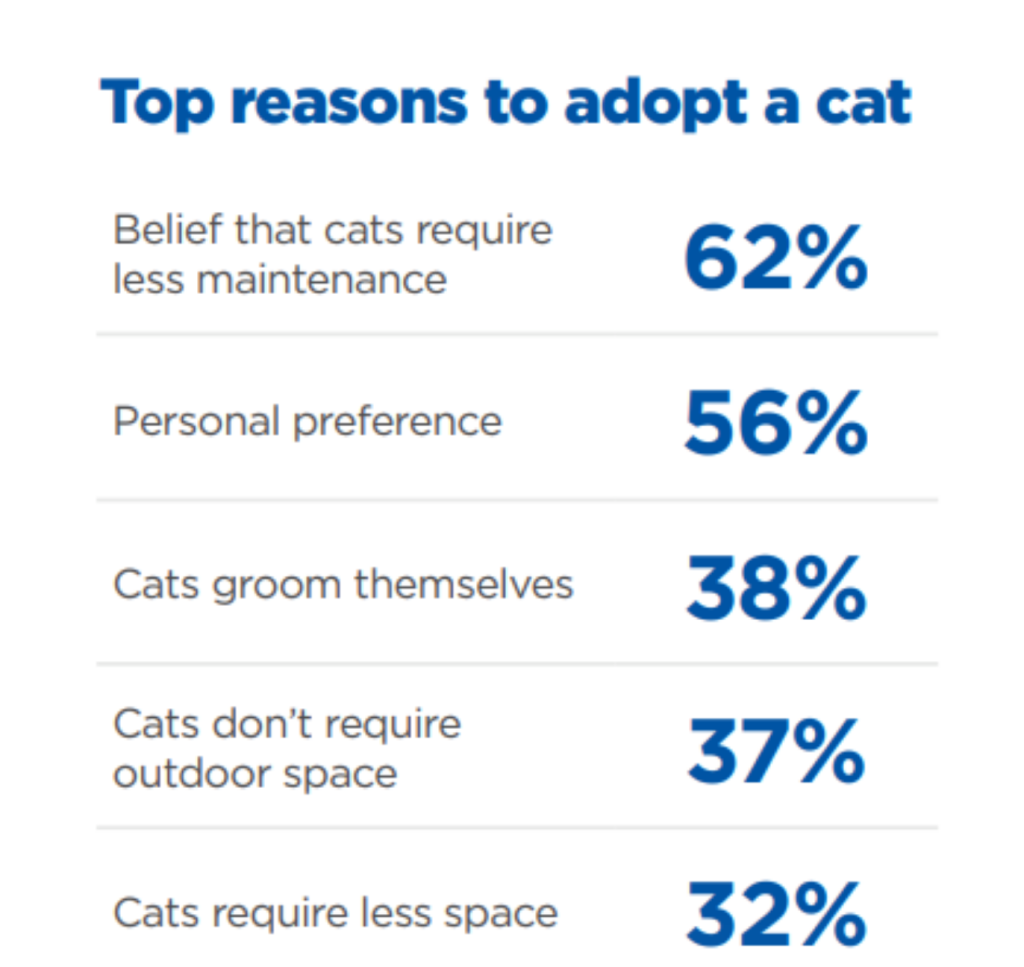
Source:Hill’s Pet Nutrition report
Many people prefer a simple and affordable adoption process. Key adoption steps include:
Beyond shelters, many also adopt pets from family, friends, breeders, or pet stores. For households earning more than $100,000 annually, about 29% adopt dogs from breeders, while 19% adopt cats from shelters or rescues.

Source:Hill’s Pet Nutrition report
While the willingness to adopt is strong, there are several economic and logistical challenges that may deter potential adopters. Key challenges include:
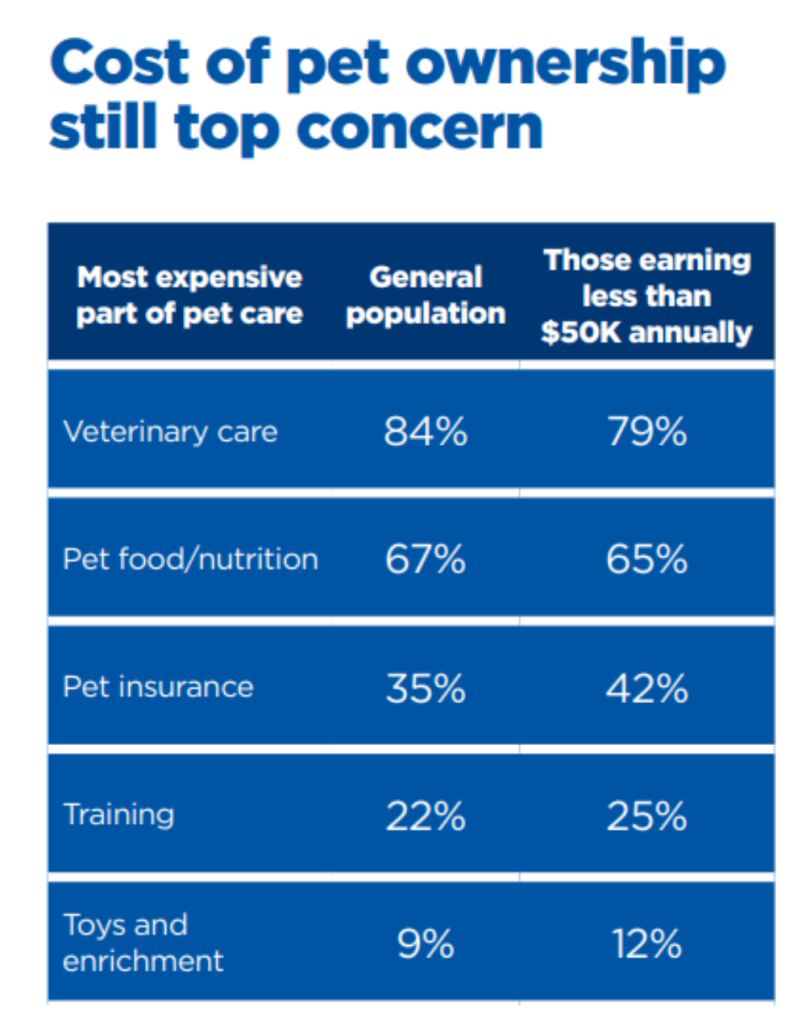
Source:Hill’s Pet Nutrition report
Housing is a critical barrier to pet adoption, especially for low-income families. According to a study by the Michelson Animal Foundation, about 72% of people find it difficult to find affordable pet-friendly housing, and 60% believe pet-friendly housing is too expensive. Pet deposits and monthly pet fees are common obstacles, with some rental properties outright prohibiting pets.
Although large dogs have a lower adoption rate, Gen Z (18–24 years old) is more likely to adopt large dogs than other age groups, with 37% considering them, compared to those preferring cats or smaller dogs for easier management and cost reasons.
After adoption, many pet owners encounter problems that can lead to stress. The most common post-adoption challenges include:
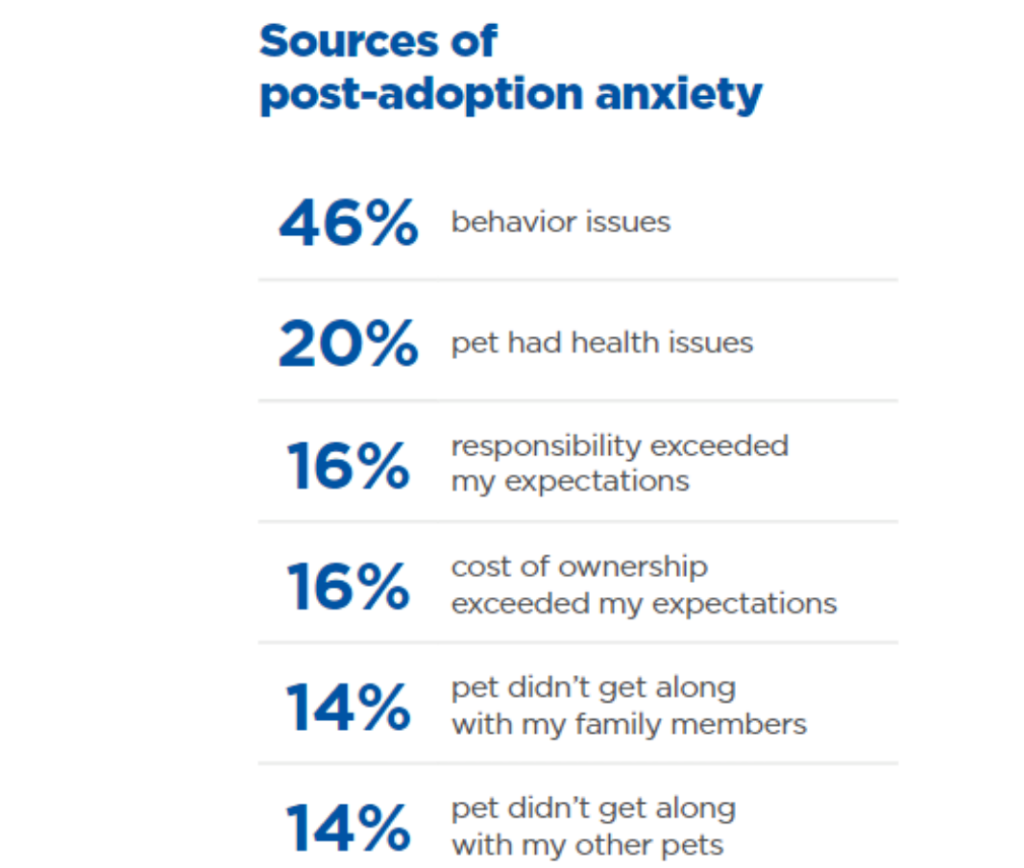
Source:Hill’s Pet Nutrition report
Many respondents have expressed that if they could receive professional help for behavioral, health, or even elderly pets, they would be more likely to adopt pets with challenges. Proper support and guidance are essential for overcoming these difficulties, ensuring pets lead happy lives and fostering deep bonds between them and their owners.
A majority of pet owners indicated that they would be more likely to continue caring for their adopted pets if they received sufficient support. The most requested forms of support include:

Source:Hill’s Pet Nutrition report
These measures can significantly increase adoption rates and reduce the likelihood of pets being returned to shelters due to overwhelming costs or unmanageable challenges.
Given these challenges, SPH Smart Pet Houses offer a practical solution for supporting both pets and owners after adoption. SPH Smart Pet Houses integrate several key features to improve pets’ living environments, reducing health and behavioral issues:
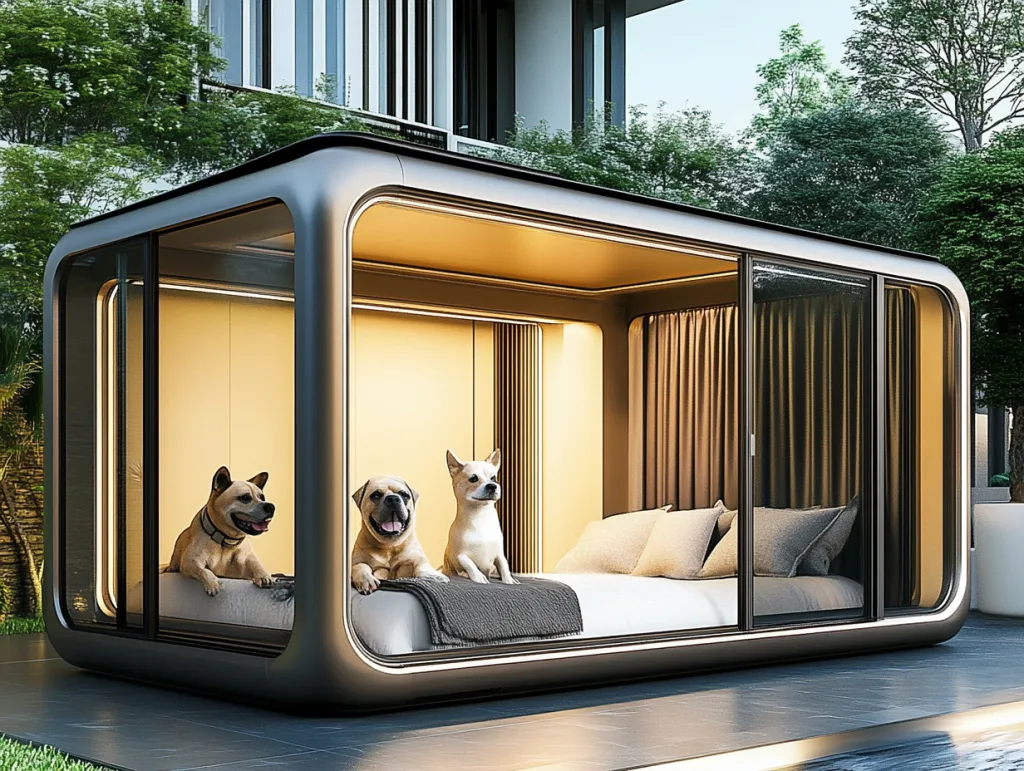
In addition to these physical features, the SPH Smart Pet House is easily monitored and controlled through a mobile app, enabling pet owners to track their pet’s health and behavior in real-time. This reduces the time and financial investment required from the owner while addressing health and behavioral challenges efficiently.
By offering these solutions, SPH Smart Pet Houses help ensure that adopted pets are comfortable, healthy, and well-cared-for, reducing the risk of adoption return due to health, behavioral, or environmental challenges. With SPH, pet owners are empowered to give their adopted pets the best possible life, contributing to the overall success of the pet adoption movement.
This combination of innovation and empathy ensures that adopting a pet remains a fulfilling and sustainable experience for families and individuals across the country.
